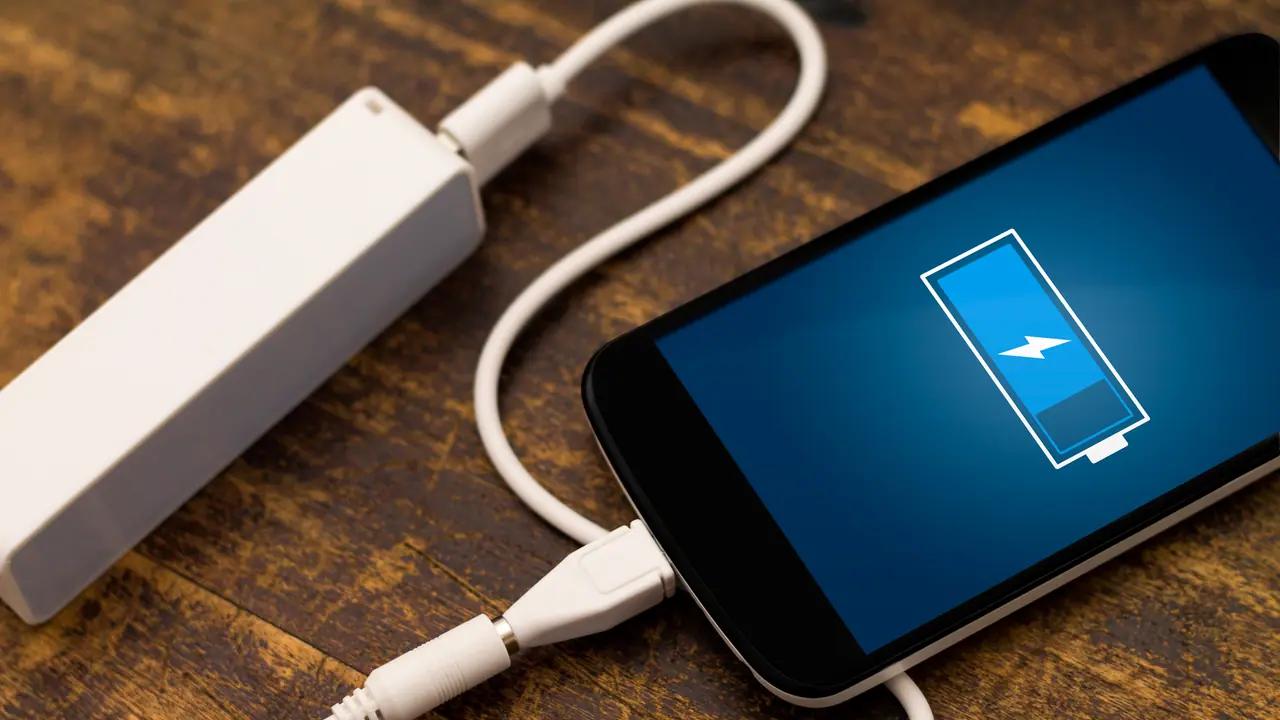To save battery life on your smartphone: adjust screen brightness, optimize screen timeout, enable power-saving mode, manage app notifications, control background app refresh, limit connectivity options, reduce vibration, keep apps updated, and consider using battery-optimizing apps.
In the fast-paced digital era, smartphones have become integral to our lives. Whether it's for communication, productivity, or entertainment, we rely heavily on these pocket-sized devices. However, the constant use of features like apps, high-resolution screens, and connectivity options can drain your smartphone's battery faster than you'd like. To help you make the most of your device, we've compiled a list of practical and effective tips to save battery life on your smartphone.
Adjust Screen Brightness: One of the primary culprits behind excessive battery consumption is the screen brightness. By manually adjusting the brightness or enabling auto-brightness, you can significantly reduce power consumption. Lowering the screen brightness to a comfortable level conserves battery life, especially in dimly lit environments.
Optimize Screen Timeout: Another way to save battery life is by adjusting the screen timeout duration. A longer screen timeout means your display remains on for a longer period, consuming more power. Setting the timeout to a shorter duration, like 30 seconds or a minute, ensures your screen turns off promptly when not in use, preventing unnecessary battery drain.
Enable Power-Saving Mode: Most smartphones come equipped with a power-saving mode or battery optimization feature. Activating this mode helps extend battery life by limiting background processes, reducing CPU performance, and disabling unnecessary features. You can manually enable power-saving mode or allow your device to automatically activate it when the battery reaches a certain level.
Manage App Notifications: Notifications from various apps can be a double-edged sword. While they keep you updated, they can also drain your battery. Review the notification settings for each app on your smartphone and disable unnecessary alerts. Selectively enable notifications only for essential apps to prevent constant background activity, ultimately preserving battery life.
Control Background App Refresh: Background app refresh is a feature that allows apps to update their content in the background, even when you're not actively using them. While convenient, it can significantly impact battery life. Visit your device's settings and review the background app refresh settings. Disable this feature for apps that don't require real-time updates, such as social media or news apps.
Manage Location Services: Location-based services, such as GPS and location tracking, are notorious for draining battery life. While they are essential for certain apps, it's advisable to manage them wisely. Allow location access only for apps that genuinely require it, like navigation or ride-sharing services. You can also set location services to "battery saving" mode, which uses Wi-Fi and mobile networks instead of GPS whenever possible.
Limit Connectivity Options: Smartphones offer various connectivity options like Wi-Fi, Bluetooth, NFC, and mobile data. However, keeping these features enabled when not in use can consume unnecessary power. Disable Wi-Fi and Bluetooth when you're not actively using them, and switch to airplane mode in areas with poor network coverage. Additionally, use Wi-Fi whenever possible, as it tends to be more power-efficient than mobile data.
Reduce Vibration and Haptic Feedback: The vibration feature in smartphones consumes a significant amount of battery power. Unless necessary, disable vibration alerts and haptic feedback for keystrokes and touches. Opt for regular sound notifications or silent mode instead, as they are less power-hungry options.
Keep Apps Updated: App developers regularly release updates to optimize performance and address bugs. Keeping your apps up to date not only improves functionality but can also contribute to better battery life. Updated apps often include power-saving enhancements and bug fixes that can help reduce battery drain caused by inefficient coding.
Battery-Optimizing Apps: Lastly, consider installing reputable battery optimization apps from trusted sources. These apps can analyze your device's
